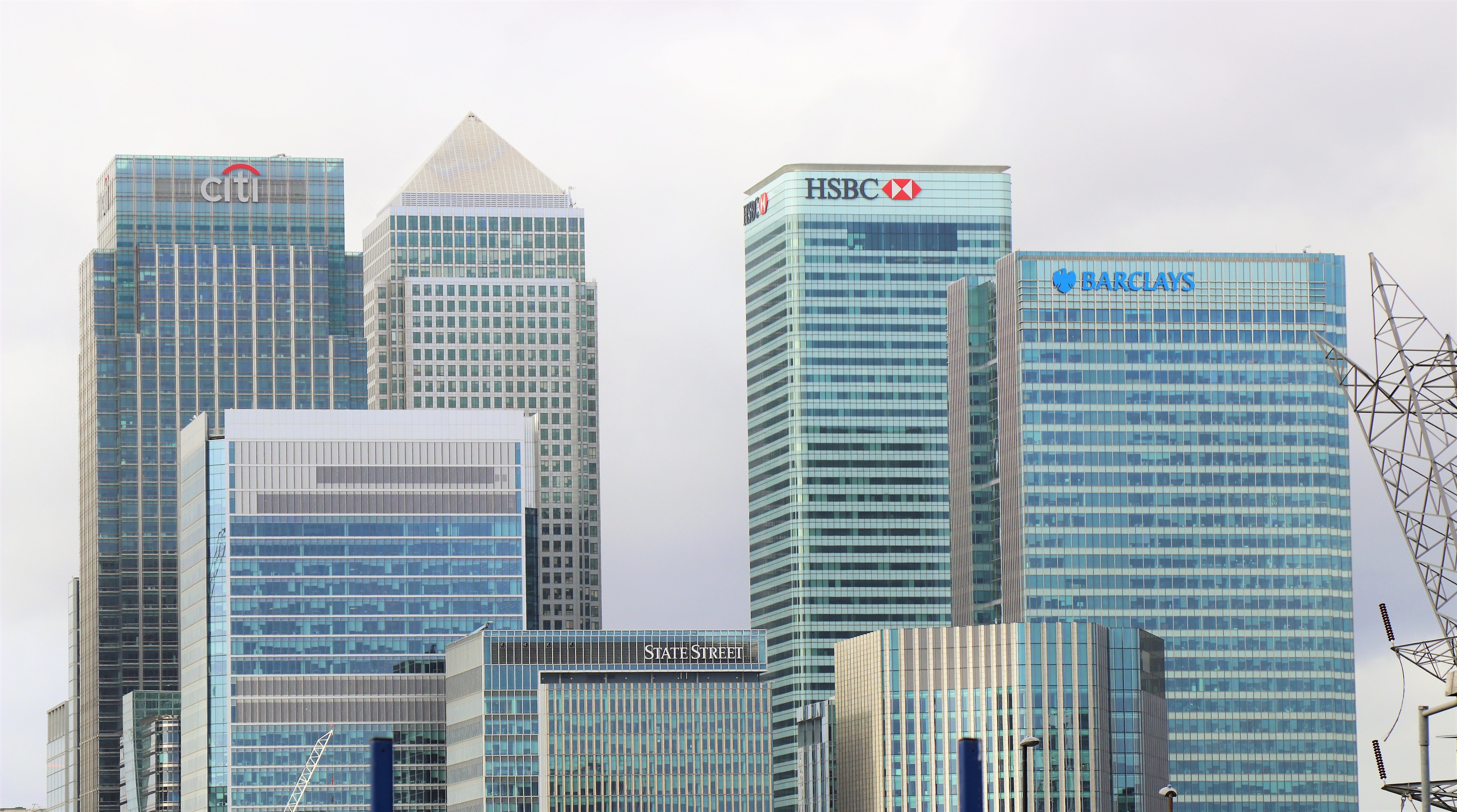
Buyside vs Sellside

Tim Hall
30 years: Debt capital markets
To develop into a solid investor or sell-side bankers requires heavy commitment early in one’s career.

After I finished business school in 1987, I went to work on the buyside for – what was then – one of the largest institutional investors in the world, The Prudential Insurance Company of America. I had offers from investment banks too, which I suppose represented my primary interest at the time as far as post-graduate destination. However, none of these sell-side offers were from top tier investment banks that commanded the prestige that The Prudential garnered on the buyside. To make matters slightly more unsettling at the time, The Prudential is based in rather unfashionable Newark, NJ, across the Hudson River from the “centre of the universe” New York City. In spite of these factors, my nearly six years on the buyside at The Prudential turned out to be the most important years of my career. For context, I transitioned to the sell-side in late 1992 where I spent the next 24 years of my career first in New York City and then in London (since 2004). I have been asked for my views regarding working on the buyside versus the sell-side based on my own experience, which I am happy to provide subject to one caveat - my buyside experience was many years ago and a lot has changed since then.
Although I expressed some initial anxiety at starting my post-graduate career on the buyside, it turned out to be a fantastic decision. The reason is simple. The Prudential was an outstanding organisation, one of the largest, best managed and most influential insurance company investors in the world at the time. It had very high calibre staff, a great management team and an excellent culture. The Prudential also understood how to develop its junior staff, both intellectually and to build loyalty to the firm. There was a well-recognised internal training programme which lasted the entire summer. I’ll never forget it because the programme covered the deep and complex side of credit analysis, amongst other things, which was integral to the graduates at the time because The Prudential – like all insurance companies – was mainly fixed income focused. The Prudential also encouraged its young staff to work towards (and paid for) obtaining the CFA certification, which I did in my first three years at the company. During my time at The Prudential, I was blessed with seeing “deal after deal” from investment banks (and directly from issuers), enabling me to hone my credit skills and see the world “from a position of strength” at one of the world’s most active and progressive buyside shops. Many of these transactions were complex, including numerous leveraged buyout financings, acquisition financings, leveraged recapitalisations, etc.
This foundation in credit and the bond markets served me very well when I transitioned to the sell-side, providing me with an excellent understanding of credit and how to price fixed income securities. The intellectual challenge and stimulation were exhilarating for me at the time. The experience on the buyside also provided me with perspective – it helped me appreciate what it was like to be “on the other side of the table” because I spent so much time with sell-side investment bankers and with issuers. Once I transitioned to the sell-side, the experience of working on the buyside at a powerful and influential institutional investor gave me much more credibility with issuers and investors alike.

Canary Wharf
To develop into a solid investor or sell-side bankers requires heavy commitment early in one’s career. However, you might be wondering how working on the buyside and the sell-side are different, particularly if you are about to graduate and are considering opportunities in both areas or might be contemplating a career change from one to the other. Let me discuss five differences that come to mind.
Firstly, The buyside is generally most active during the hours that the bond (or equity) markets are open, whilst the sell-side must be “on call” generally all the time to serve “type A” bosses (of which there are many employed in investment banking) and “needy” issuers. This means that your hours will inevitably be more irregular on the sell-side. Also, there is a sad truth of course that “face time” seems to be more embedded in the culture on the sell-side - no one wants to be the first to leave the office that afternoon or evening, because the competitive undertones are unavoidable. On the buyside, when the day ends, it generally ends. The combination of these factors means that sell-side bankers often work late evenings and on weekends. The “work-play” balance is generally better on the buyside.
Secondly, you can expect to travel more on the sell-side than on the buyside. On the sell-side, you have to go look for business. On the buyside, investment banks come to you to show you opportunities (although if you are working at a hedge or credit fund, you might need to “pitch” investors from time to time). If you like to travel, then the sell-side offers adventures to many places depending on your role and level of seniority. If you feel travel is stealing your personal time, this can clearly be a heavy price to pay.
Thirdly, there is the issue of whether you consider yourself an introvert or an extrovert. As with all of my comments, this is far from universally true. However, an introvert will generally prefer to have less client interaction and does not like “pitching business”, personality traits that are perhaps best suited for the buyside. An extrovert likes engaging with people and the competitive zeal of being “on the treadmill” constantly, pitching for new business day after day.
Fourthly, there is an often-discussed difference in remuneration between bankers and institutional investors generally. This is a gross generalisation of course, because there are plenty of investors these days that make (and deserve to make) considerably more than bankers. And bankers’ remuneration has been and will likely continue to gradually decline. Nonetheless, the fact remains that bankers generally earn more – sometimes significantly more – than investors.
And lastly, there is the soft issue of reputation. Because a few bad eggs have tainted the entire profession, bankers are generally viewed as greedy, dishonest, immoral and worse, which could not be further from the truth as a stereotype, at least in my opinion. Investors are perceived to be smarter and more honest, with greater integrity. If you are a person that cares what others think of your profession, then you might be best suited for the buyside.
I am sure there are many other differences, but these are the ones that come to my mind based on my experience. I very much enjoyed working on both sides of the table in this respect.

Tim Hall
Share "Buyside vs Sellside" on































